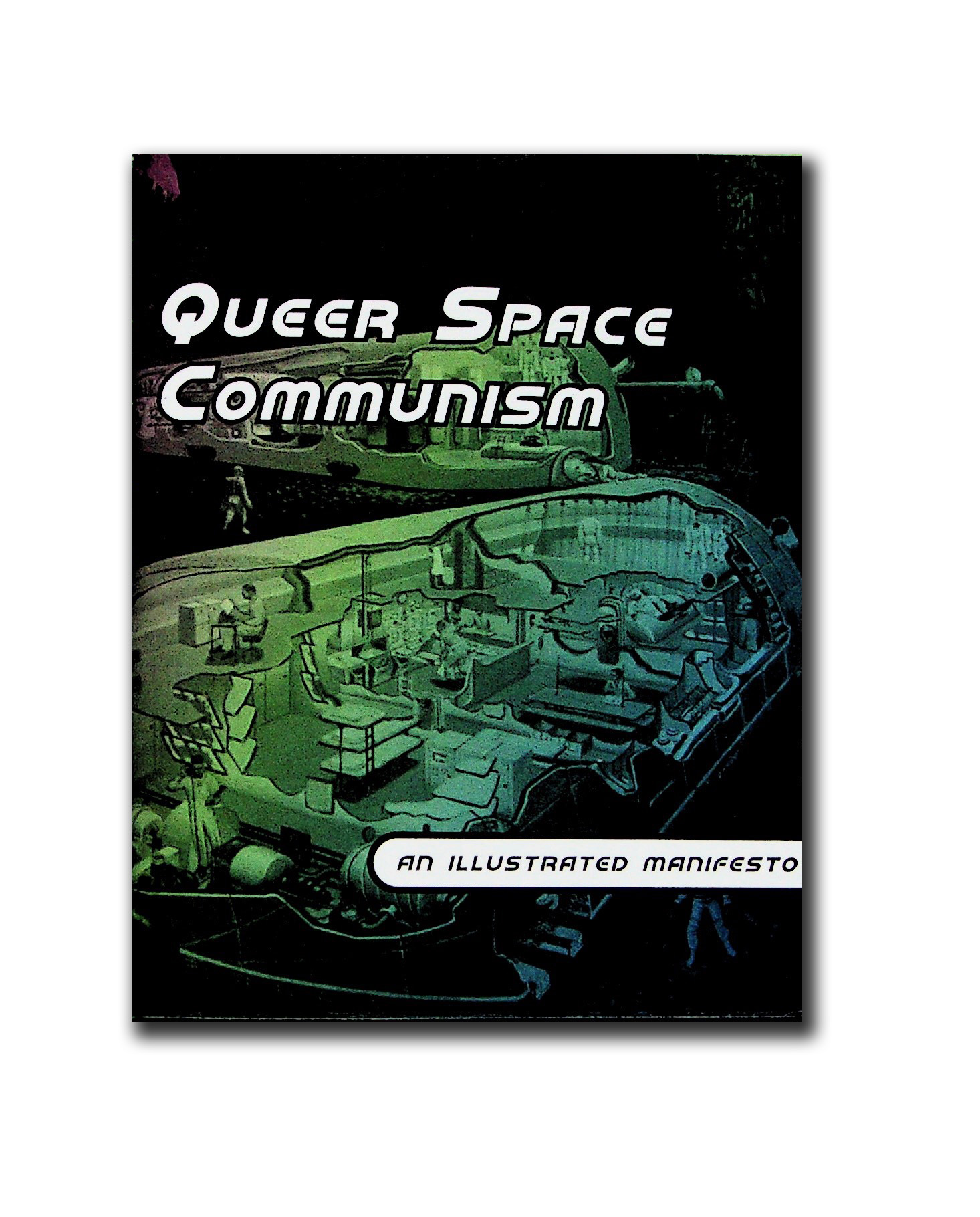I spent a lot of time this past weekend wrestling with what I wanted to write for this year’s World AIDS Day. See, the thing is that while we and most of the world acknowledge December 1st and mourn the 44 million people around the globe who have died from AIDS or AIDS-related causes, the reality is that for us here at QZAP, and for the 40 million people globally who are currently living with HIV, it’s always World AIDS Day.
 Here at QZAP, regardless of the serostatus of the folks in our collective, AIDS and HIV/AIDS education and activism is coded into the DNA of the archive. I started making zines in the early 1990s because of my work with my local ACT UP chapter. 18 year-old me wanted to share safer sex info with folks my own age, and one of the ways to do that was to include that information about how to put on condoms, how to use latex dams, and where to go for sexual health services even if you were a minor in the zines that we made. And we did. And I continued to do so into the early 2000s in both the zines I made and the other queer art I was creating in that period.
Here at QZAP, regardless of the serostatus of the folks in our collective, AIDS and HIV/AIDS education and activism is coded into the DNA of the archive. I started making zines in the early 1990s because of my work with my local ACT UP chapter. 18 year-old me wanted to share safer sex info with folks my own age, and one of the ways to do that was to include that information about how to put on condoms, how to use latex dams, and where to go for sexual health services even if you were a minor in the zines that we made. And we did. And I continued to do so into the early 2000s in both the zines I made and the other queer art I was creating in that period.
 When I think about my own work, I draw a direct line from 1960s pop art to the work of Keith Haring and then to Gran Fury and the Silence=Death collective. Douglas Crimp’s amazing book AIDS Demo Graphics is a visual starting place. The work of those designers and activists recently got explored in depth in Jack Lowery’s comprehensive It Was Vulgar & It Was Beautiful – How AIDS Activists Used Art to Fight a Pandemic.
When I think about my own work, I draw a direct line from 1960s pop art to the work of Keith Haring and then to Gran Fury and the Silence=Death collective. Douglas Crimp’s amazing book AIDS Demo Graphics is a visual starting place. The work of those designers and activists recently got explored in depth in Jack Lowery’s comprehensive It Was Vulgar & It Was Beautiful – How AIDS Activists Used Art to Fight a Pandemic.
 We can see these visuals, and the culture of HIV/AIDS activism showing up as a through-line in the work of many zinesters of the era. In 2022 we talked a little about Sex Panic!, which employs that graphic style on the cover. Slightly further back in time (2016) we looked at YELL, the Youth Education Life Line, though at the time we didn’t delve closely into the The Foster Kids Guide to HIV Testing, which was illustrated by Anonymous Boy. His work over the years appeared in a number of queer zines, and while it was often very sexual in nature, he was also spreading the messages of safer sex and AIDS activism along with amplifying the queercore and homo punk scenes in general.
We can see these visuals, and the culture of HIV/AIDS activism showing up as a through-line in the work of many zinesters of the era. In 2022 we talked a little about Sex Panic!, which employs that graphic style on the cover. Slightly further back in time (2016) we looked at YELL, the Youth Education Life Line, though at the time we didn’t delve closely into the The Foster Kids Guide to HIV Testing, which was illustrated by Anonymous Boy. His work over the years appeared in a number of queer zines, and while it was often very sexual in nature, he was also spreading the messages of safer sex and AIDS activism along with amplifying the queercore and homo punk scenes in general.
Within queercore, probably one of the best known and most accessible bands is Pansy Division. Their work in the early 90s also made mention of the AIDS pandemic in songs like Denny and with the release of collectable trading cards that included a condom and instructions.
Part of my mental meanderings as I was trying to foment this piece was how to connect all of this together. See, this material, whether it’s zines, or ephemera, or other media, including music and film, it’s all made by us humans. Humans who have been affected by AIDS in some way or another for the past 45+ years. In this current era of indifference and assholery, it’s our love and anger, our compassion, our creativity, storytelling and ultimately our humanity, that will eventually make this day a point of historical interest that we can learn from, but that isn’t killing us anymore.

 First things first:
First things first: 













